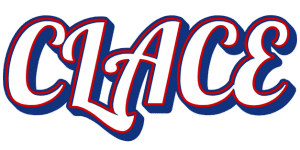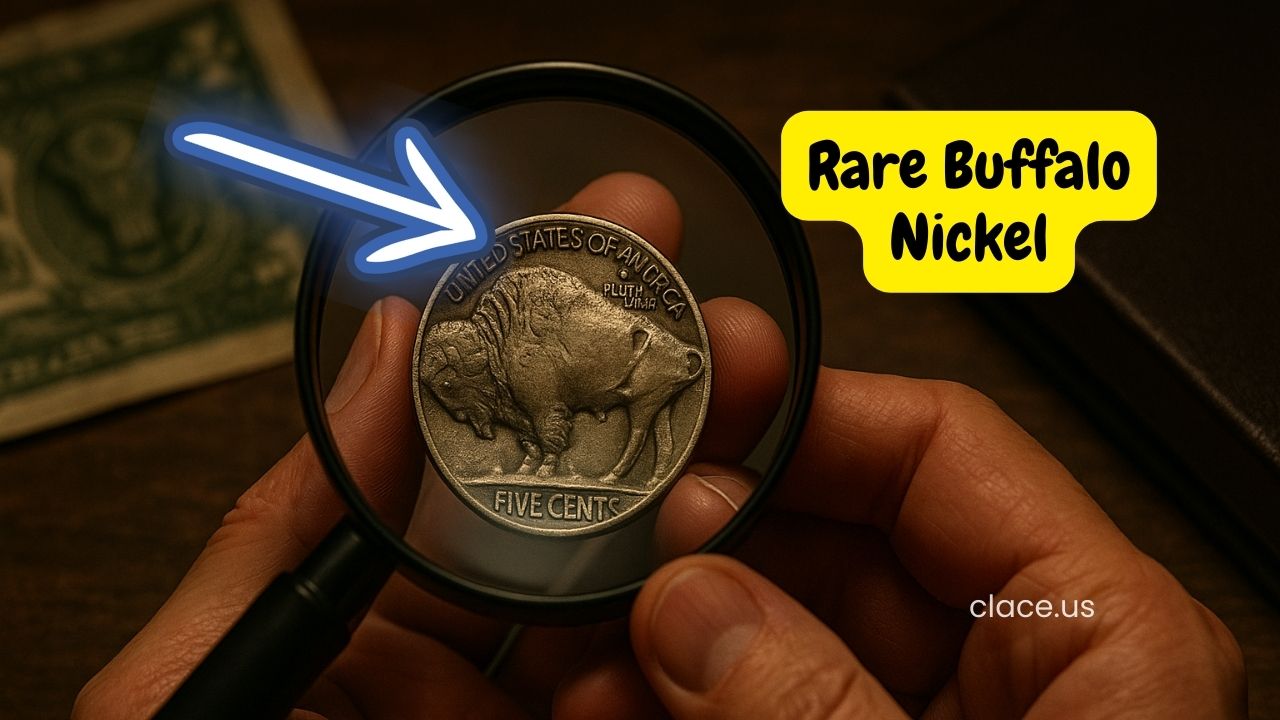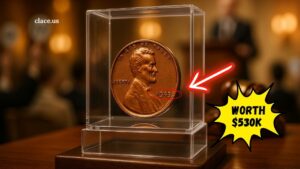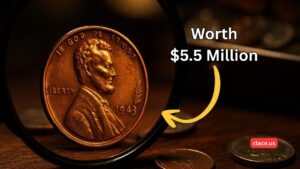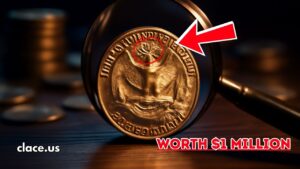Discover This Rare Buffalo Nickel That Could Transform Your Finances – Find Out How
If you’re a coin collector or someone who enjoys uncovering hidden financial treasures, the Buffalo Nickel could be a game-changer. Known for its iconic design and historical significance, this coin has become highly sought after in recent years.
Some rare editions can fetch tens of thousands of dollars, making it a potentially life-changing find for the lucky owner. In this article, we’ll dive deep into the rare Buffalo Nickel, exploring its history, valuation, and tips for identifying these valuable coins.
What Is a Buffalo Nickel?
The Buffalo Nickel, also known as the Indian Head Nickel, was minted by the United States Mint from 1913 to 1938. Designed by James Earle Fraser, this coin features a Native American profile on the obverse (front) and an American bison on the reverse (back). It was created to honor America’s western heritage and is widely recognized for its intricate design.
- Years of Minting: 1913–1938
- Designer: James Earle Fraser
- Composition: 75% copper, 25% nickel
- Diameter: 21.2 mm
- Weight: 5.0 grams
Collectors prize these coins not only for their aesthetic value but also for their rarity and historical importance. Certain mint years and conditions can significantly increase their market value, sometimes exceeding $100,000 for exceptional pieces.
Rare Buffalo Nickel Editions
While many Buffalo Nickels are common, a few editions are extremely rare and highly valuable. Here’s a table of the most sought-after Buffalo Nickels:
| Year & Mint | Notable Features | Estimated Value |
|---|---|---|
| 1913-S Type 1 | Early minting, Indian head slightly different | $12,000 – $40,000 |
| 1916/16 Overdate | Error coin, double date visible | $150,000+ |
| 1918/7-D Overdate | Rare mint error | $50,000 – $75,000 |
| 1921-S | Low mintage from San Francisco Mint | $15,000 – $35,000 |
| 1937-D 3-Leg | Famous “three-legged” bison error | $1,000,000+ |
| 1938-D | Final year, limited circulation | $3,000 – $15,000 |
The 1913-S Type 1, 1937-D 3-Leg, and various overdate errors are among the most lucrative. These coins are not only rare but also highly desirable among collectors, making them a potentially significant financial asset.
Factors Affecting Buffalo Nickel Value
The value of a Buffalo Nickel depends on several critical factors:
1. Mint Year and Mint Mark
Coins from certain years and mints are rarer than others. For example, coins minted at the San Francisco Mint (S) generally have a lower mintage and higher value.
2. Condition and Grading
The condition of the coin is crucial. Coins are graded from Good (G) to Mint State (MS-70). A well-preserved Buffalo Nickel can fetch thousands or even millions compared to a worn-out coin from the same year.
3. Rarity of Errors
Error coins, such as overdates, double dies, or the 1937-D 3-Leg variety, are exceptionally valuable due to their uniqueness.
4. Market Demand
The demand for rare Buffalo Nickels remains high among collectors, investors, and numismatists, which can drive prices upward.
How to Identify a Rare Buffalo Nickel
Finding a rare Buffalo Nickel can be challenging but rewarding. Here are some tips:
- Check the Mint Mark: Look on the reverse side, below the words “Five Cents,” for mint marks (D, S, or no mark for Philadelphia).
- Examine for Errors: Overdates, doubled dies, and missing features can indicate rarity.
- Evaluate Condition: Coins with sharp details and minimal wear have higher value.
- Consult a Professional: For high-value coins, a certified grading service like PCGS or NGC can verify authenticity and grade.
Why Buffalo Nickels Are a Smart Investment
Rare Buffalo Nickels are more than just collectibles—they’re financial assets. Here’s why they can transform your finances:
- Historical Value: Each coin represents a piece of American history.
- Appreciation Potential: Rare coins have historically increased in value over time.
- Tangible Asset: Unlike stocks or bonds, coins are physical assets that you can hold.
- Limited Supply: With low mintage years and rare error coins, scarcity drives value.
Investing in a rare Buffalo Nickel can yield substantial returns, especially if you find one in exceptional condition.
Where to Buy and Sell Rare Buffalo Nickels
If you’re looking to buy or sell a Buffalo Nickel, consider these avenues:
- Auction Houses: Sites like Heritage Auctions and Stack’s Bowers frequently list rare coins.
- Coin Dealers: Reputable dealers can help identify and price coins accurately.
- Online Marketplaces: Platforms like eBay offer opportunities, but exercise caution to avoid counterfeits.
- Coin Shows and Conventions: These events provide direct access to experienced collectors and dealers.
Protecting and Storing Your Buffalo Nickels
Proper storage is crucial to maintain the coin’s value:
- Use Coin Holders or Capsules: Prevents scratches and environmental damage.
- Store in a Cool, Dry Place: Avoid humidity and extreme temperatures.
- Insurance: High-value coins should be insured against theft or loss.
- Document Authenticity: Keep certificates and grading documentation safe.
The Buffalo Nickel remains one of the most iconic and valuable coins in American history. Whether you are a collector or an investor, discovering a rare edition can transform your financial outlook.
From the famous 1937-D 3-Leg to 1913-S Type 1, these coins are not just historical artifacts—they’re tangible, appreciating assets.
By understanding mint years, condition, errors, and market trends, you can confidently navigate the world of rare Buffalo Nickels and potentially uncover a life-changing treasure.
FAQs
Check the mint year, mint mark, coin condition, and look for rare errors such as overdates or double dies.
Sell through auction houses, certified coin dealers, online marketplaces, or at coin shows for fair market prices.
This coin is an error coin where one of the bison’s legs is missing, making it extremely rare and valuable, sometimes exceeding $1 million.
